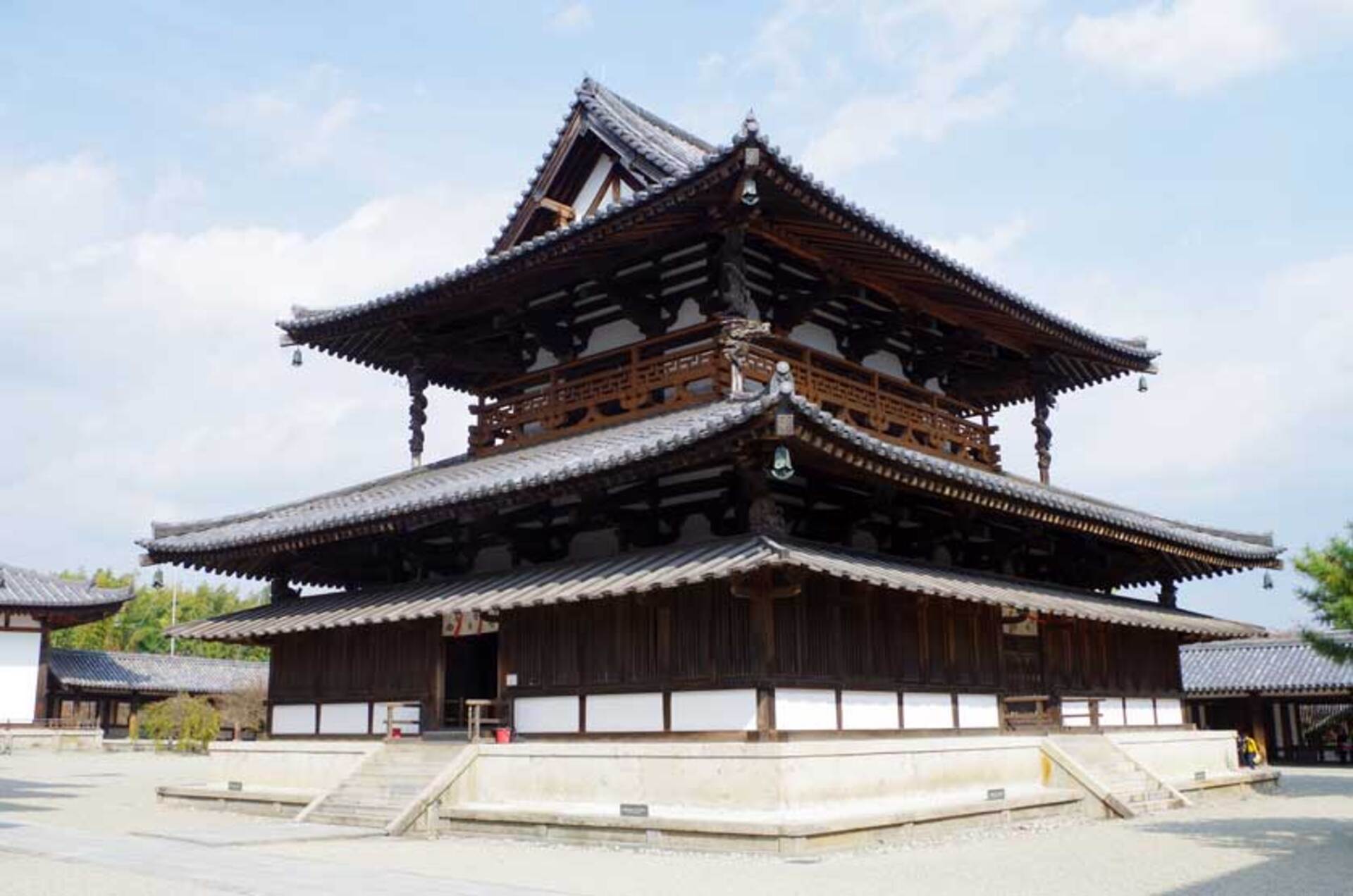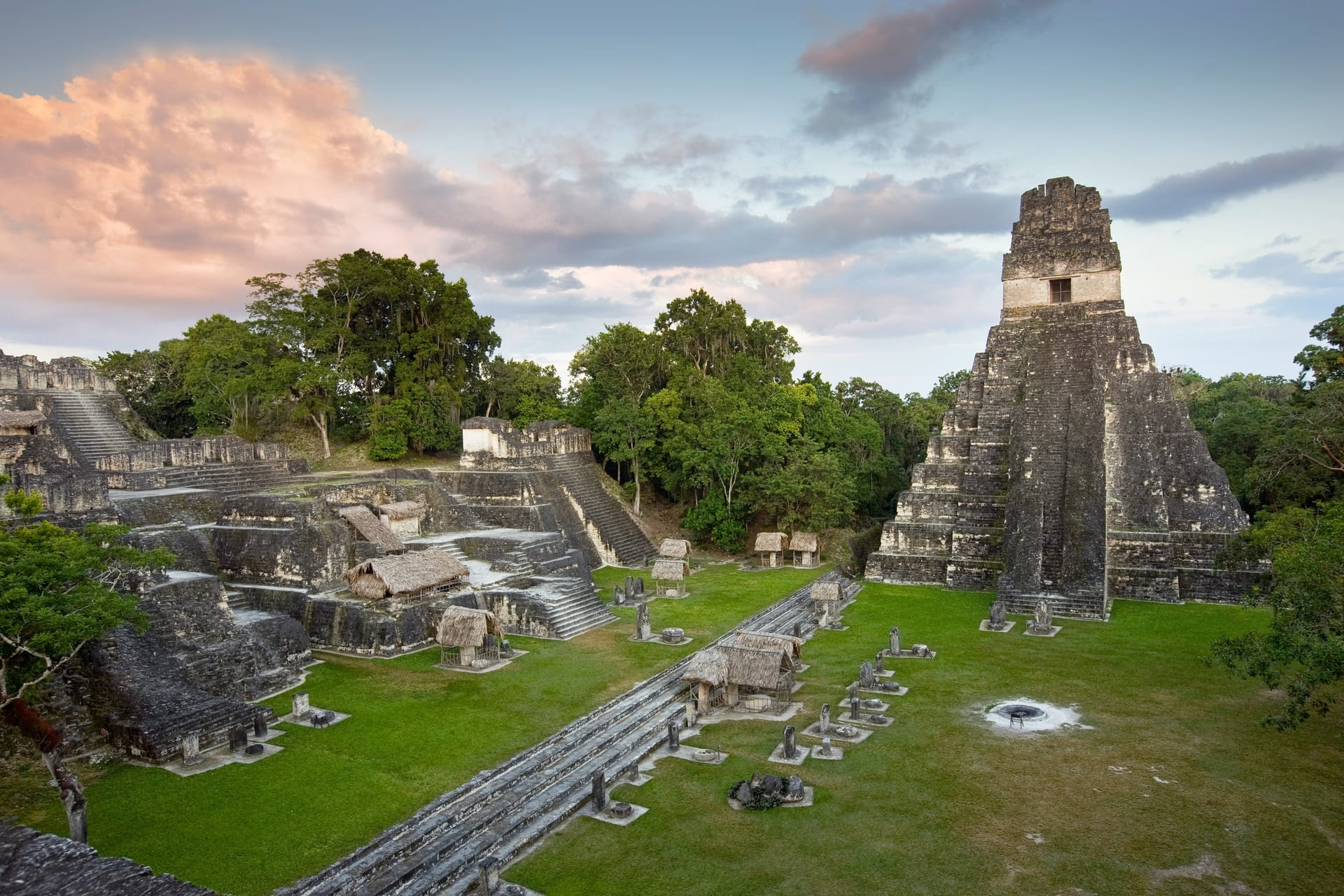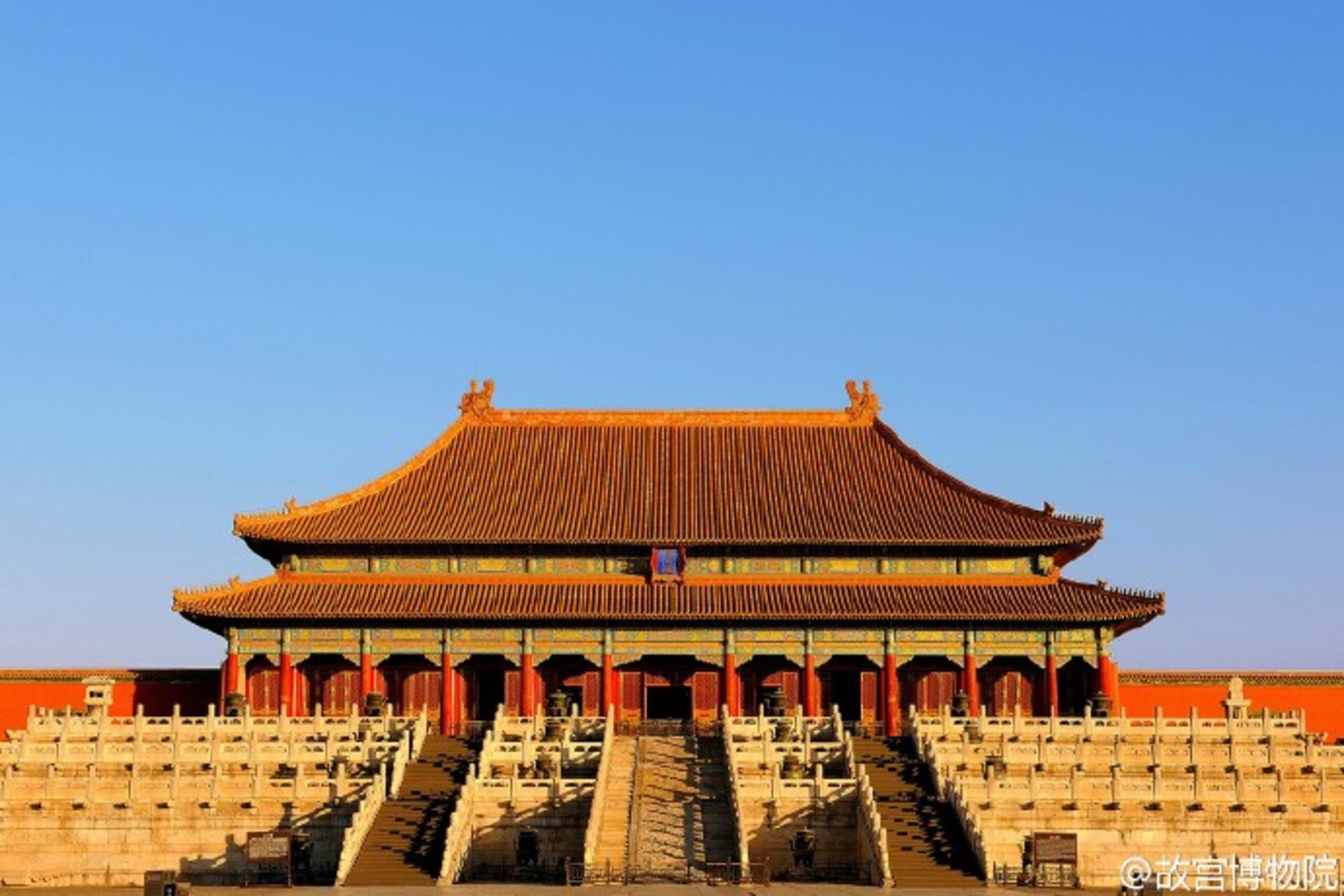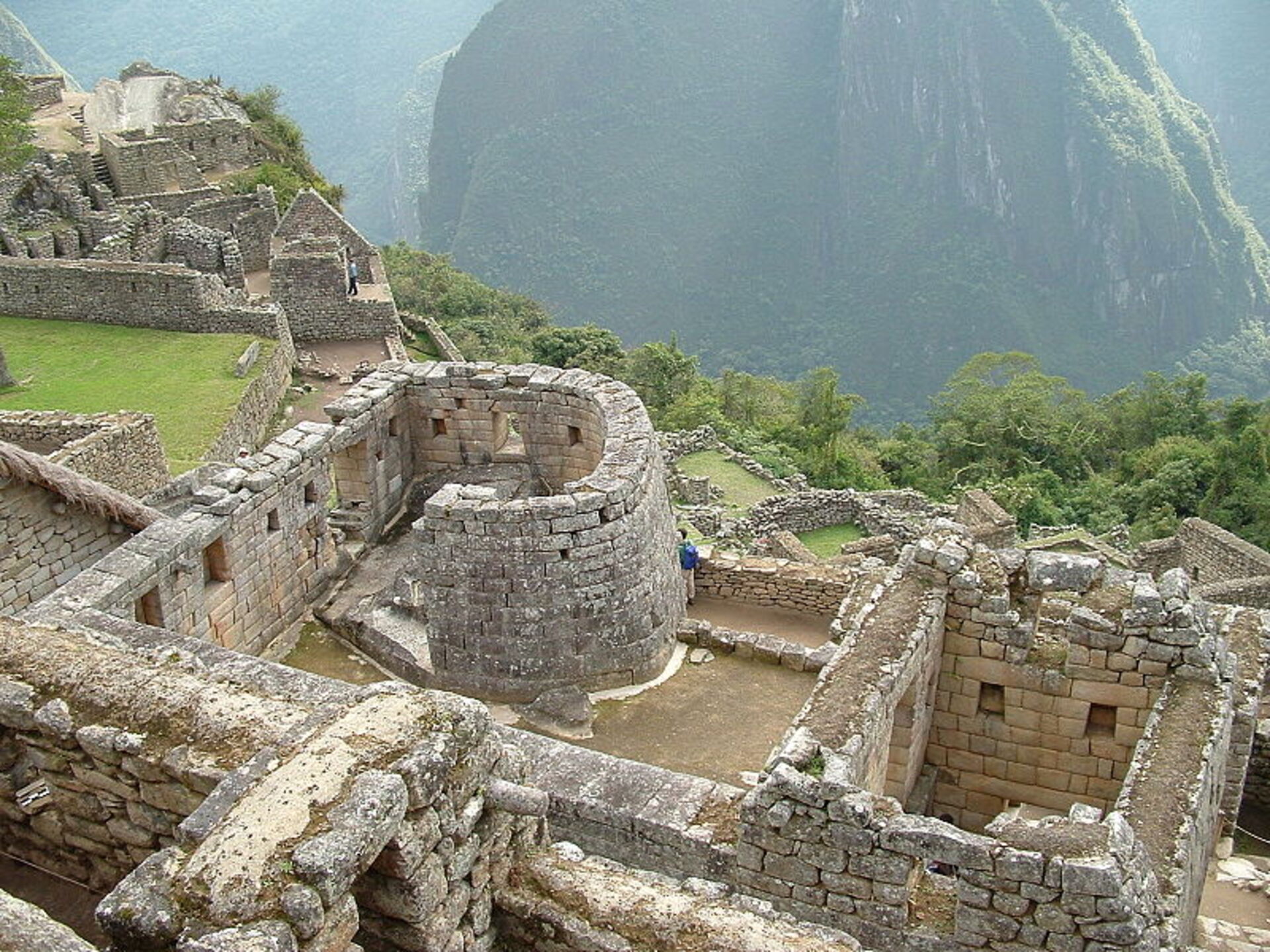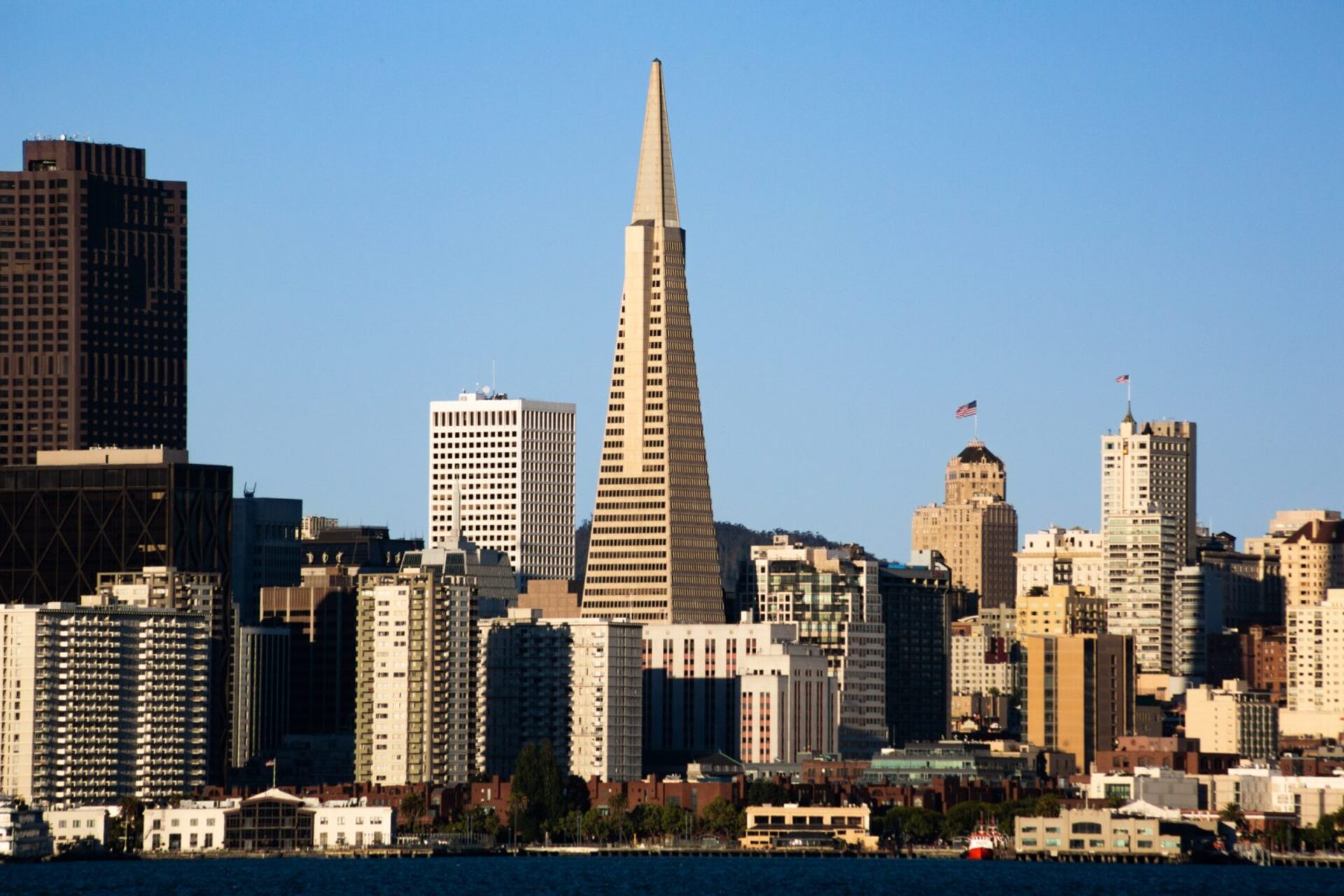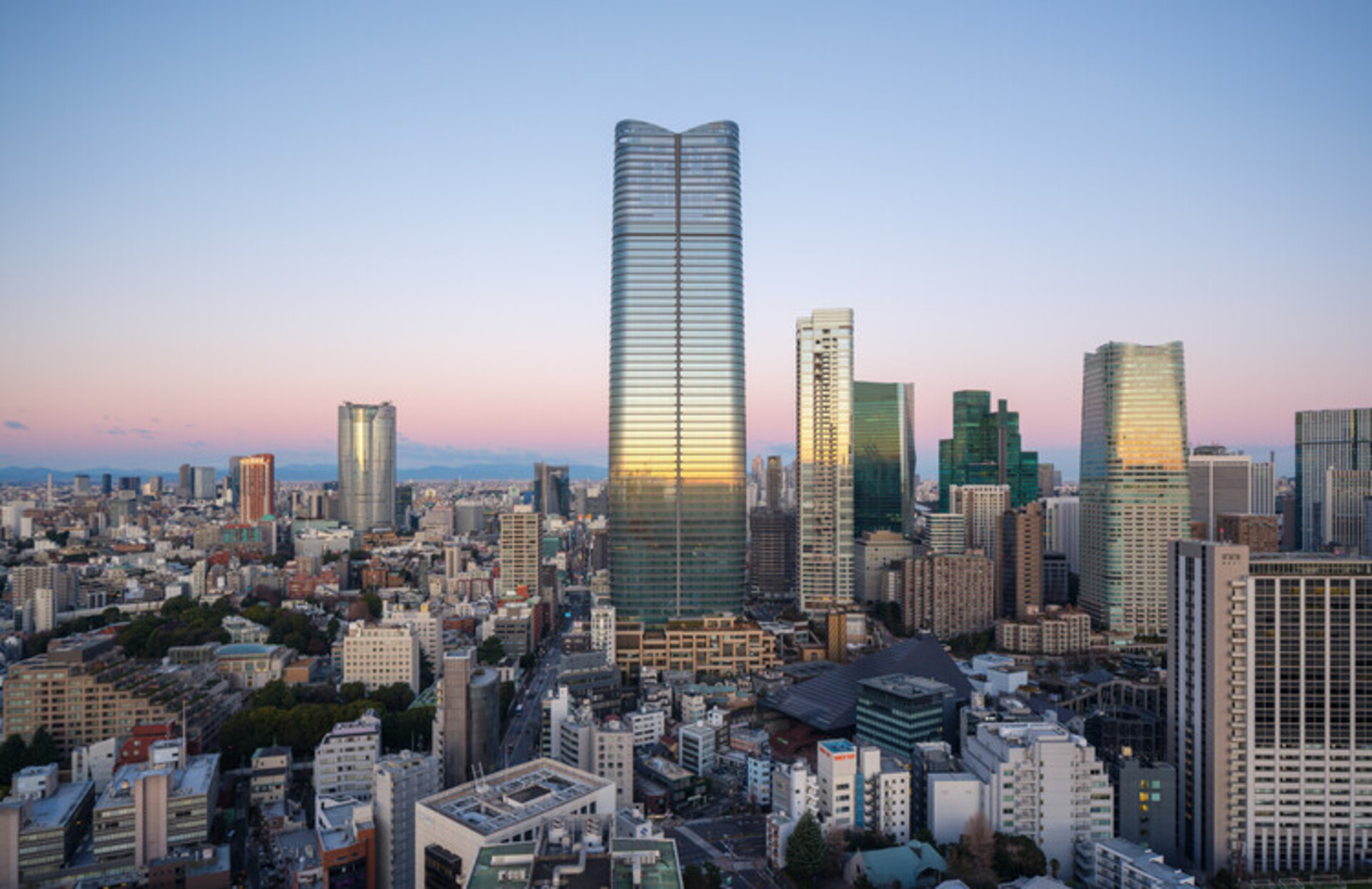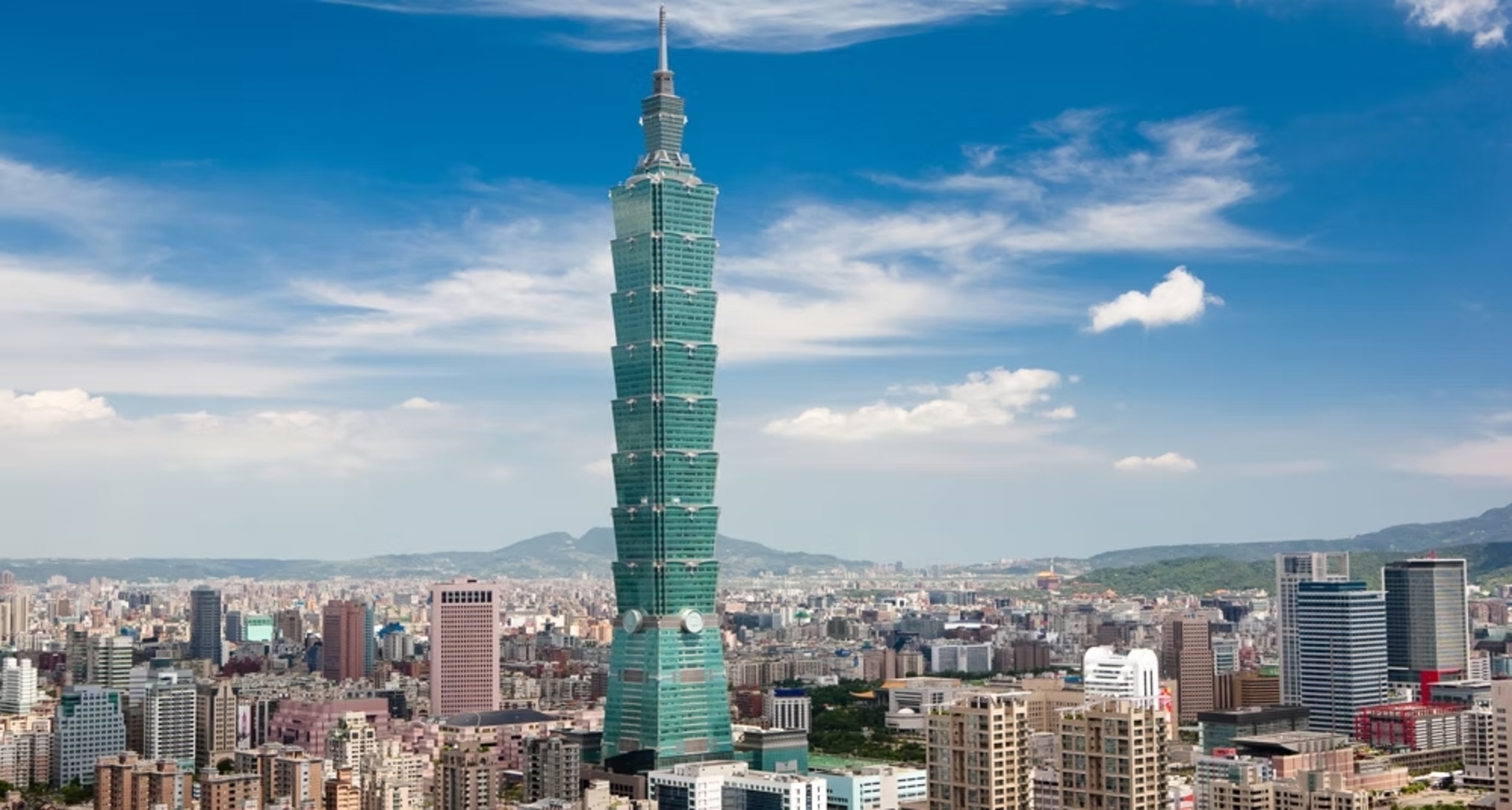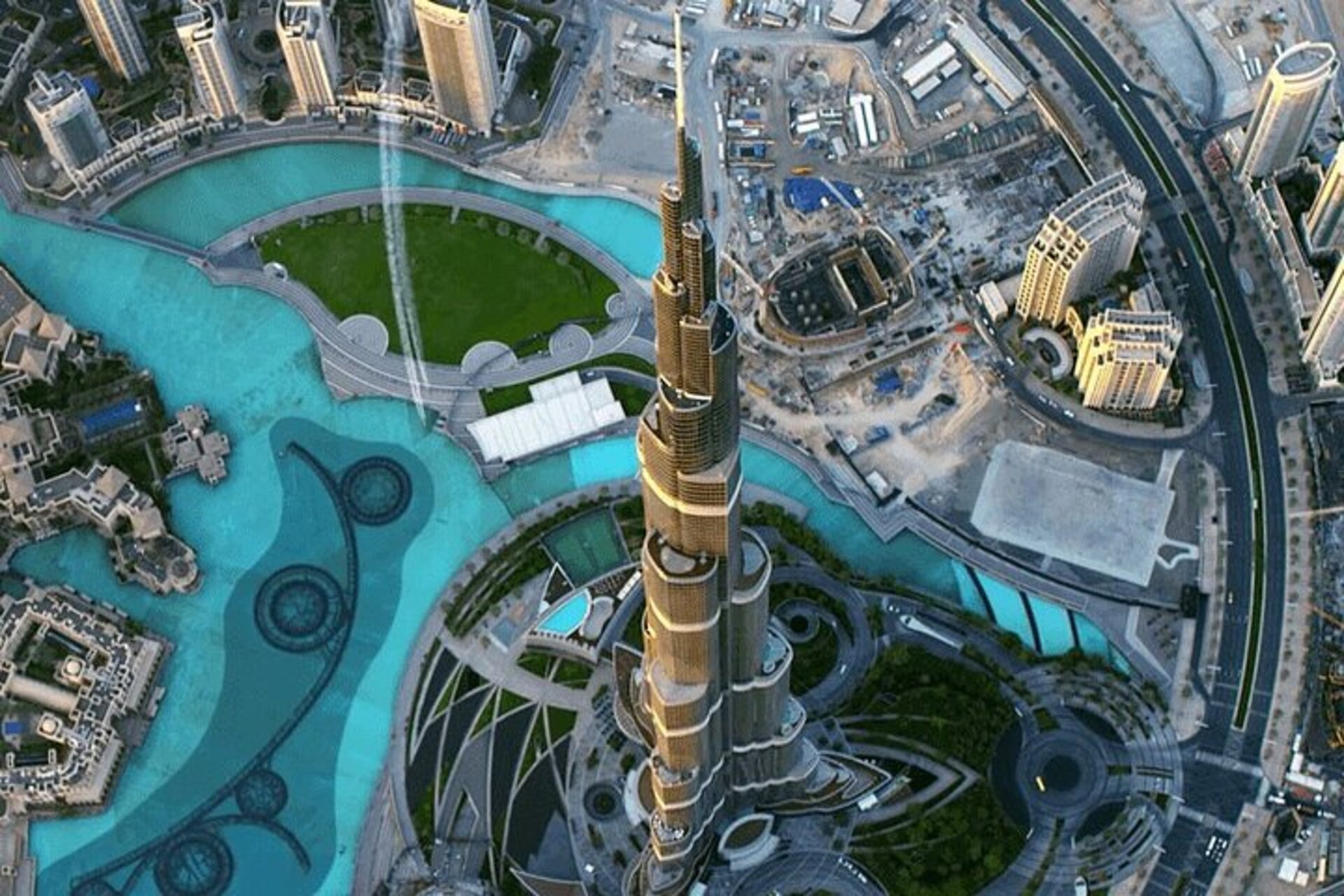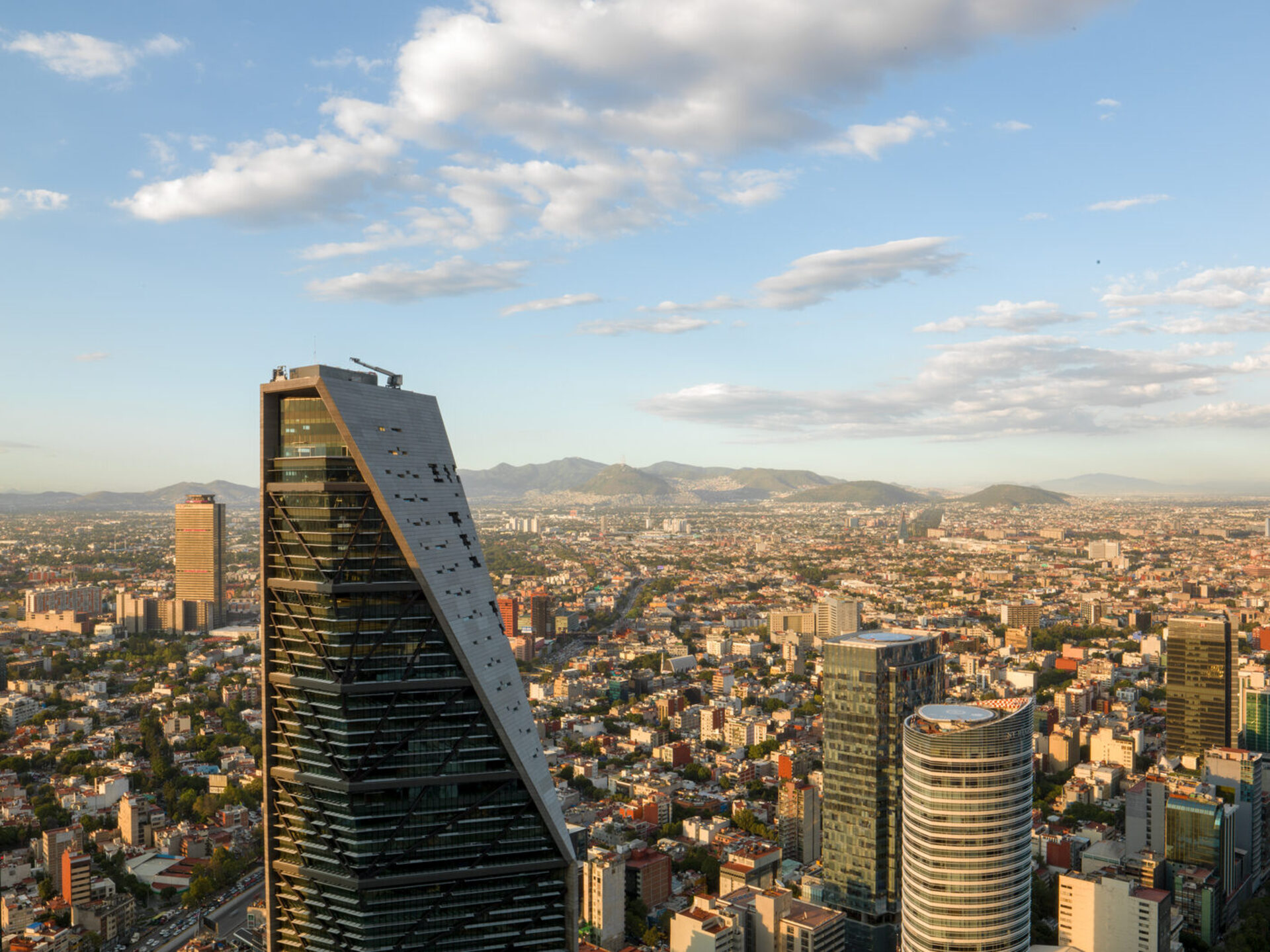Earthquakes threaten billions of people worldwide, making earthquake-resistant structures essential in infrastructure development. A prime example is the South Rangitikei Viaduct in New Zealand, the first structure of its kind to incorporate an advanced damping system to absorb seismic shocks. Today, cutting-edge technologies are used to make buildings earthquake-resistant, but ingenious solutions were already in place thousands of years ago.
Let’s explore 10 extraordinary earthquake-resistant constructions throughout history.
Tomb of Cyrus the Great, Pasargadae, Iran
One of the oldest earthquake-resistant structures in the world, the Tomb of Cyrus the Great, has remained intact for over 2,500 years. A UNESCO World Heritage Site, this 6th-century BC monument features one of the earliest forms of base isolation.
Unlike conventional buildings, it is not directly anchored to the ground. Instead, its lower foundation consists of stones reinforced with sand and lime mortar, while the upper foundation rests on a large polished stone slab, separated from the layer beneath. Additionally, a thin layer of talc acts as a buffer, allowing the upper structure to shift freely during an earthquake, preventing damage.
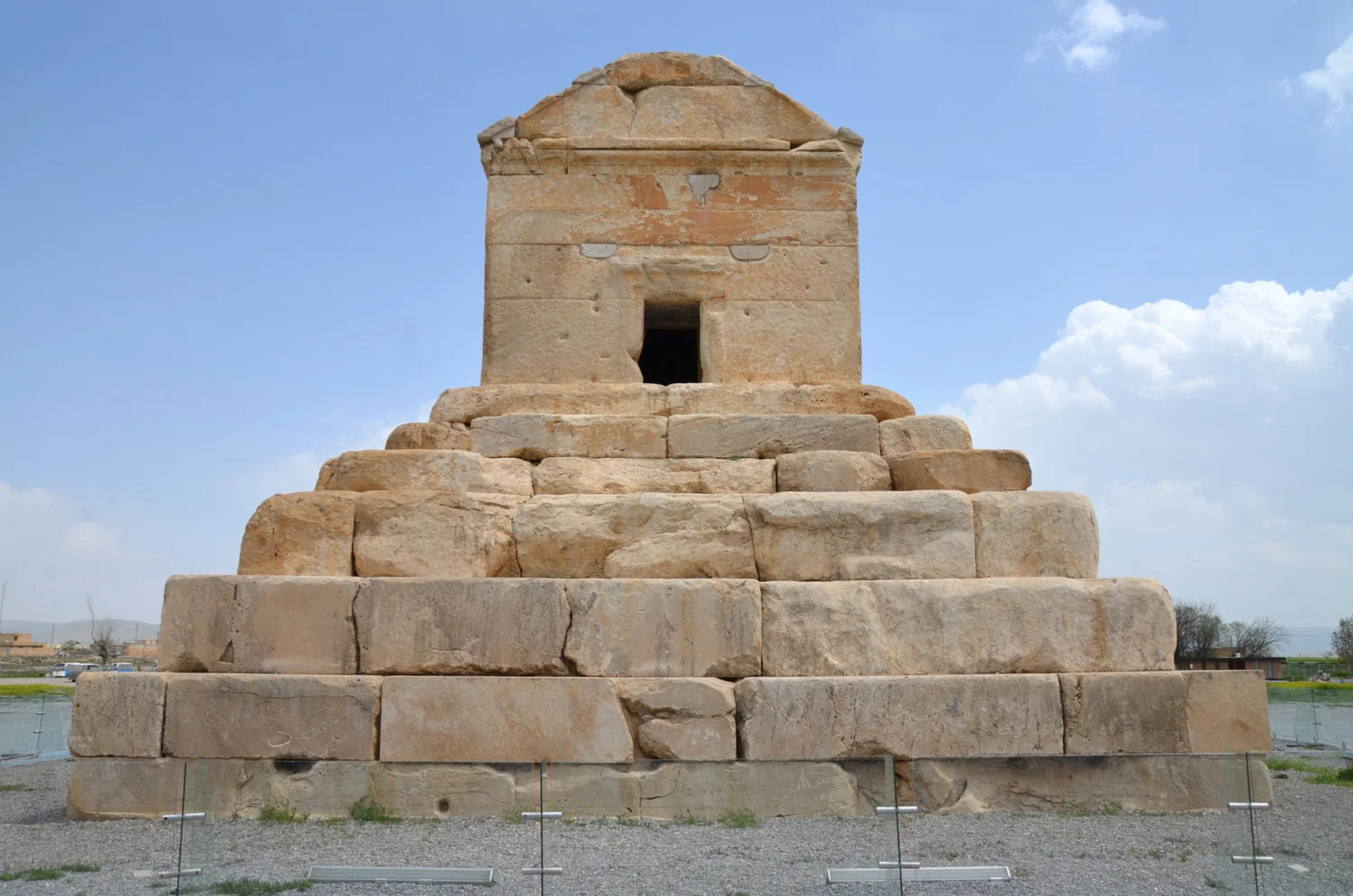 Source: World History Encyclopedia
Source: World History Encyclopedia
Hōryū-ji Temple, Ikaruga, Japan
Prince Shōtoku, known for spreading Buddhism in Japan, commissioned the construction of Hōryū-ji Temple in 607 AD. Considered Japan’s oldest temple and the world’s oldest surviving wooden structure, it was designed to withstand earthquakes.
Its stability is ensured by wide overhangs supported by cantilevered beams and terracotta roof tiles that reduce the risk of fire. Additionally, the weight of the extended eaves acts as a stabilizer, allowing the structure to sway rather than shake, even during the most intense earthquakes.
Temple of the Great Jaguar, Guatemala
Located within the archaeological sites of the Mayan Civilization, the Temple of the Great Jaguar, dating back to 732 AD, has withstood centuries of earthquakes and hurricanes. Its stability is due to its low displacement and high rigidity, which enhance shock absorption. Additionally, the limestone used in its construction can transition from a brittle to a ductile state under pressure, providing greater resistance to seismic shocks.
Hall of Supreme Harmony, Forbidden City, Beijing, China
The largest building in the Forbidden City, the Hall of Supreme Harmony, has withstood devastating earthquakes without a single crack since 1420, thanks to an advanced seismic-resistant technique known as Dougong.
This intricate interlocking system, composed of flower-shaped wooden brackets, is constructed without the use of nails. The Dougong remains stable solely due to the weight of the roof, which evenly distributes the load across the various elements, reducing structural stress. Additionally, the supporting columns are not deeply embedded in the ground, allowing the building to flex and absorb seismic shocks.
Temple of the Sun, Machu Picchu, Peru
One of the most revered structures in the Incan city of Machu Picchu, the Temple of the Sun has stood undamaged since 1450, thanks to the ashlar construction technique. Here, precisely cut stones fit together without the use of mortar, allowing the building to settle and adjust after an earthquake. Additionally, the trapezoidal doors and windows, wider at the base and narrower at the top, provide greater resistance compared to rectangular openings. The walls are also inclined inward, further enhancing overall stability.
Transamerica Pyramid, San Francisco, USA
With over 5,000 earthquakes per year, California demands earthquake-resistant architecture. Completed in 1969, the Loma Prieta earthquake of 1989 proved the effectiveness of the Transamerica Pyramid’s design (San Francisco), as it swayed for a full minute without sustaining any damage.
Its steel and concrete foundation, embedded 15 meters into the bedrock, allows the structure to move in sync with seismic forces. Additionally, shear walls and integrated sensors continuously monitor horizontal stresses in real time.
Mori Tower, Tokyo, Japan
With over 2,000 earthquakes per year, Japan has developed some of the world’s most advanced seismic technologies. Completed in 2003, Mori Tower in Tokyo incorporates sophisticated earthquake-resistant innovations, including internal dampers and 192 shock absorbers filled with dense oil, which counteract swaying and minimize structural vibrations.
Taipei 101, Taipei, Taiwan
Completed in 2004, Taipei 101 was the world’s tallest building until 2009. Located in one of the most seismically active regions on the planet, it features a 660-ton steel damper, which swings like a pendulum to absorb seismic shocks and typhoon winds. Standing 508 meters tall, it is further reinforced with steel columns and mega-reinforced concrete columns, forming a solid structure supported by interlocking beams.
Burj Khalifa, Dubai, UAE
Standing at 832 meters, the Burj Khalifa has remained the world’s tallest building since its inauguration in 2010. Designed to withstand earthquakes, its outrigger walls connect the perimeter columns to the interior walls, enhancing lateral resistance. Additionally, its deep foundations, extending dozens of meters into the bedrock, ensure maximum stability against seismic forces and extreme winds.
Torre Reforma, Mexico City, Mexico
Building earthquake-resistant buildings is essential in Mexico City, which sits on unstable lakebed soil. Completed in 2016, Torre Reforma is a triangular tower designed to adapt to earthquakes rather than resist them rigidly. Its design features flexible hinges and deformation absorption zones, while its reinforced concrete walls are punctuated with irregular openings to allow bending instead of breaking. Additionally, its foundation extends 60 meters into the ground, ensuring the building’s stability.


